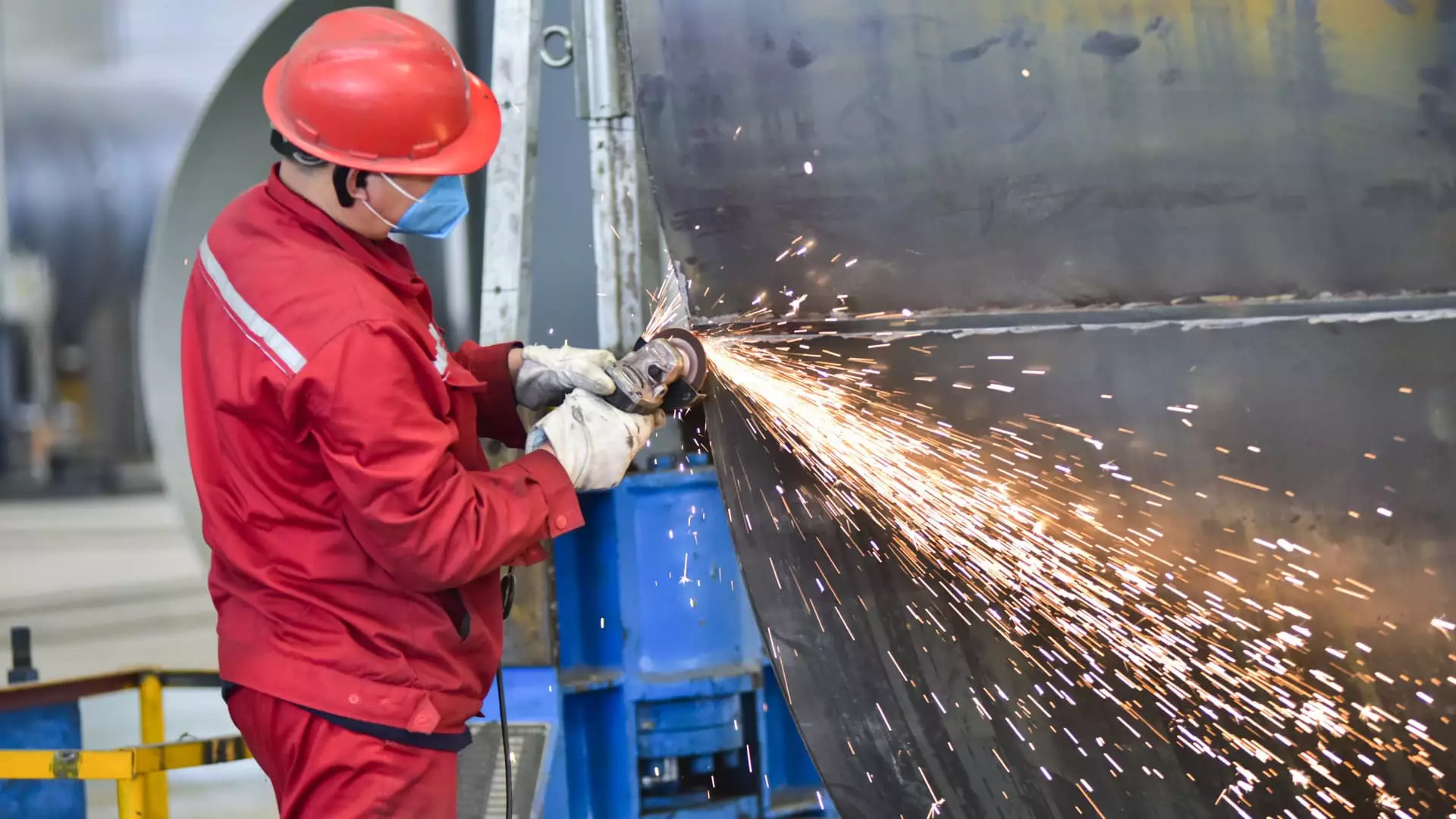In November, China’s manufacturing sector exhibited signs of resilience, particularly among smaller manufacturers, as indicated by a private sector survey. This data, published by Caixin and S&P Global, revealed that the Manufacturing Purchasing Managers’ Index (PMI) registered at 51.5, surpassing expectations from a recent Reuters poll that anticipated a reading of 50.5. This performance is crucial as it marks the second consecutive month that the official PMI has remained above the pivotal threshold of 50, which distinguishes growth from contraction. The consistent positive figures suggest that recent government stimulus measures have begun to effectively reinvigorate segments of the struggling Chinese economy.
One of the key contributors to this optimistic outlook is the increase in new business inflows. Wang Zhe, a senior economist with the Caixin Insight Group, emphasized that the rise in new orders represents the fastest growth in over three years. An important component of this uptick includes a notable increase in export orders, a factor that has significantly bolstered overall new orders within the manufacturing sector. Furthermore, these results synchronize with official PMI data, which recorded a slight improvement from 50.1 in October to 50.3 in November, indicating a broader trend of growth that many analysts have been monitoring closely.
It is essential to recognize the contrasting methodologies of the data sources to fully understand these findings. The Caixin/S&P Global survey predominantly features insights from smaller and medium-sized enterprises, as well as private sector companies. In contrast, the official PMI tends to focus more on larger and state-owned firms. This differentiation may provide insights into why smaller manufacturers exhibit a more robust recovery, as they often have different operational dynamics and challenges compared to their larger counterparts.
Despite these positive indicators, analysts urge caution when interpreting the data. Gary Ng, a senior economist at Natixis, remarked that the recent uptick in manufacturing could be more indicative of stabilization rather than a sustained recovery. He stresses the need to observe improvements in the real estate market and the effects of fiscal policies in the upcoming months. “For a more lasting positive outlook, consumer and business sentiment must improve significantly,” he noted.
Moreover, the potential for continued challenges looms over the manufacturing environment. The possibility of intensified tariff policies, particularly if Donald Trump were to secure another term as U.S. president, could create hurdles for China’s export sector. Julian Evans-Pritchard, head of China economics at Capital Economics, points out that current tensions might temporarily incentivize companies to place orders now, ahead of prospective tariffs. This phenomenon highlights a paradoxical situation in which immediate geopolitical threats may spur short-term growth in export orders and bolster manufacturing indexes.
The Broader Economic Landscape
While there are early signs that China’s economy is finding its footing again, driven by stimulus actions initiated from late September onward, several counterforces remain. Notably, reported declines in investment in real estate—down 10.3% year-over-year—and a 10% decrease in industrial profits suggest that the recovery is uneven and partially reliant on external factors. Therefore, while retail sales demonstrated unexpected strength, these figures paint a picture of an economy still struggling with significant internal challenges, notably within the property sector.
The recent expansion in China’s manufacturing sector, particularly among smaller firms, indicates the effectiveness of governmental stimulus measures aimed at reinvigorating a faltering economy. However, despite this encouraging data, the road to a stable and sustainable recovery is fraught with obstacles including geopolitical uncertainties and ongoing internal economic challenges. Moving forward, the true measure of resilience will hinge on consumer confidence, real estate stabilization, and an adaptive approach to the external pressures faced by the manufacturing sector. As stakeholders continue to monitor these developments, the balance between cautious optimism and realistic assessments of ongoing risks will define China’s economic journey in the coming months.

Leave a Reply